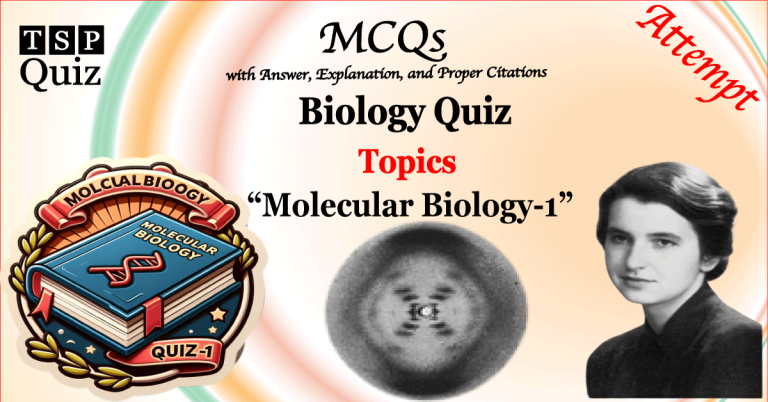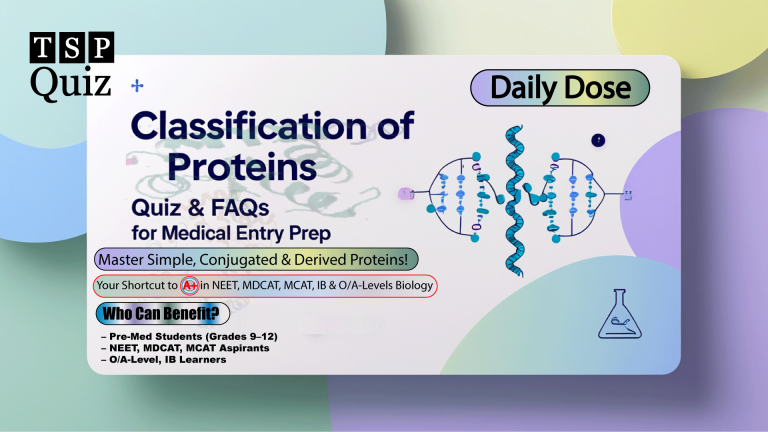Introduction to Biology Quiz-1
Introduction to Biology Quiz-1
Explore More Quizzes and Challenge Yourself
For more exciting and educational quizzes, explore our full quiz collection here and keep challenging your knowledge!
Frequently Asked Questions About Basic Biology
What is the difference between botany and zoology?
Botany is the scientific study of plant life, including their physiology, structure, genetics, and ecology. Zoology, on the other hand, focuses on animal biology, studying anatomy, behavior, evolution, and classification. Together, they form foundational subfields in biology, often supported by fields like genetics and ecology.
Why is Carl Linnaeus known as the father of modern taxonomy?
Carl Linnaeus developed the binomial nomenclature system—assigning every organism a two-part Latin name (genus + species). His classification system introduced a hierarchical model (Kingdom, Phylum, Class, Order, Family, Genus, Species), standardizing organism naming and allowing scientists globally to identify species unambiguously.
How does microbiology differ from molecular biology?
Microbiology investigates microscopic organisms—bacteria, viruses, fungi, and protozoa—using tools like microscopes and culture techniques. Molecular biology, however, focuses on DNA, RNA, and protein synthesis within cells, often using techniques like PCR, gel electrophoresis, and CRISPR to study gene expression and regulation.
What role does ecology play in biology?
Ecology examines interactions between organisms and their physical environment. It encompasses population dynamics, nutrient cycles, and energy flow in ecosystems. Ecologists apply this knowledge to address global issues like climate change, habitat loss, and species extinction.
Why are viruses considered both living and non-living?
Viruses lack cellular structures and do not carry out metabolism or independent reproduction. However, inside a host cell, they hijack the host’s machinery to replicate. This duality places viruses in a gray area—biologically inert outside a host but active inside.







